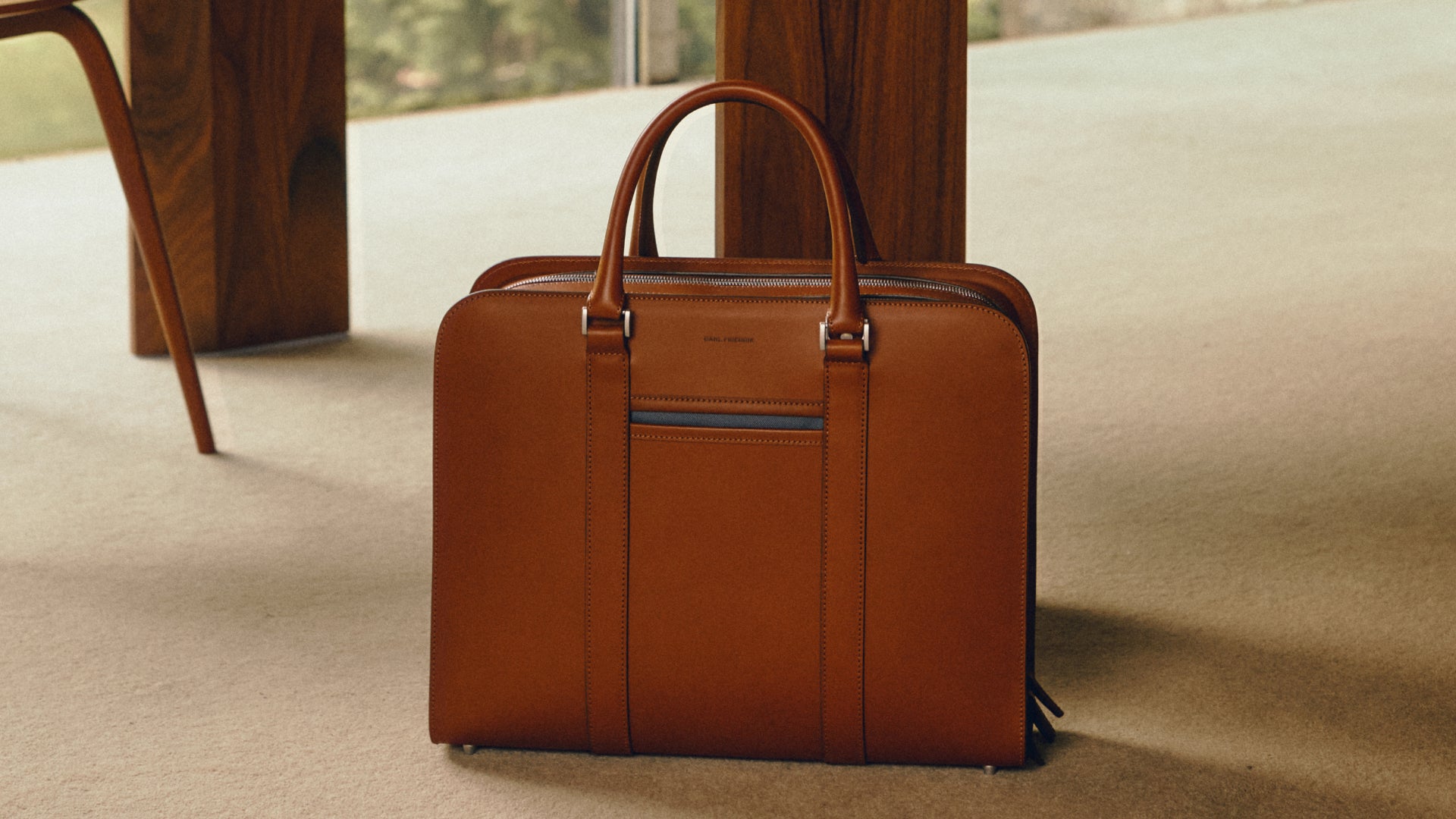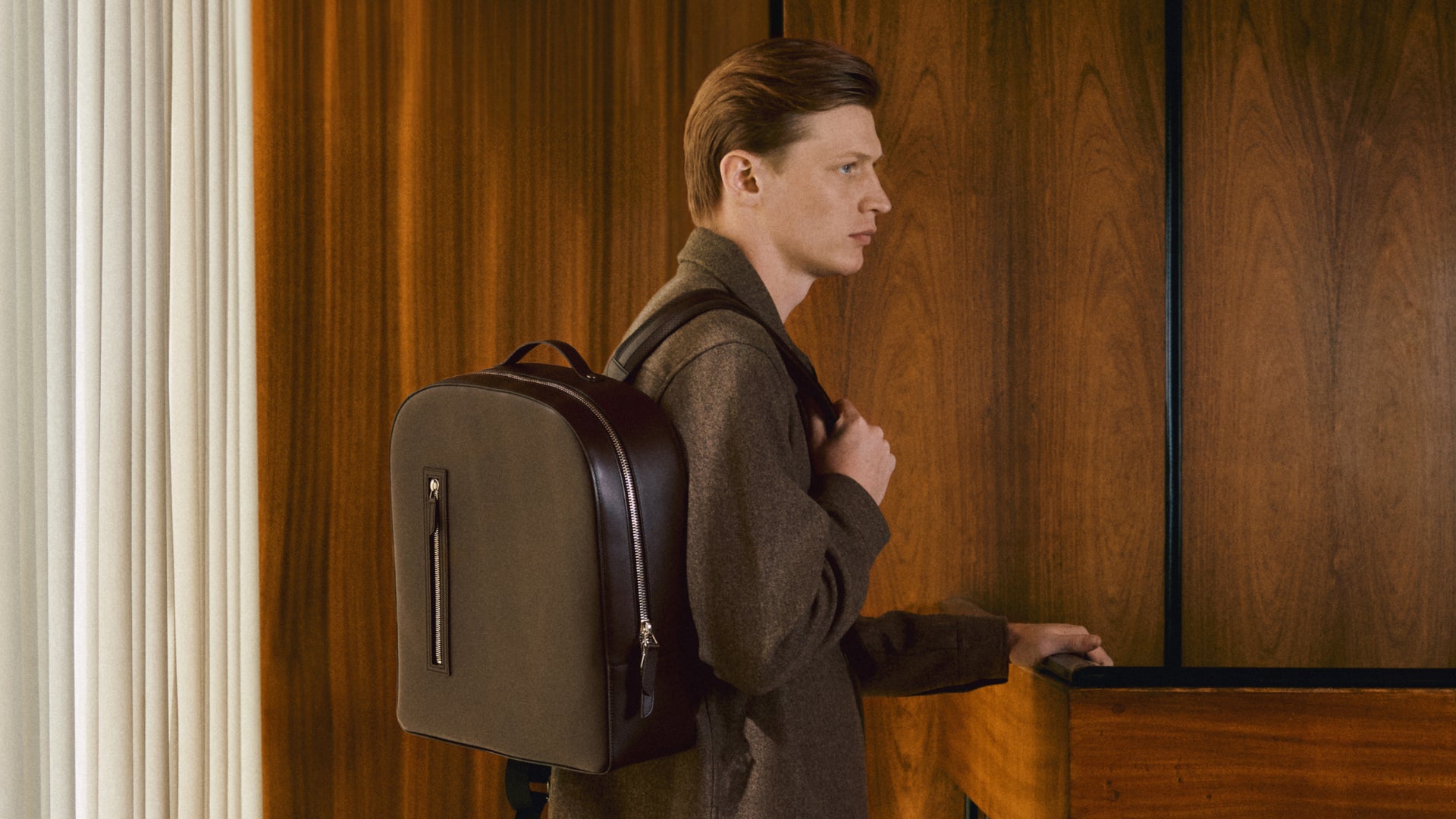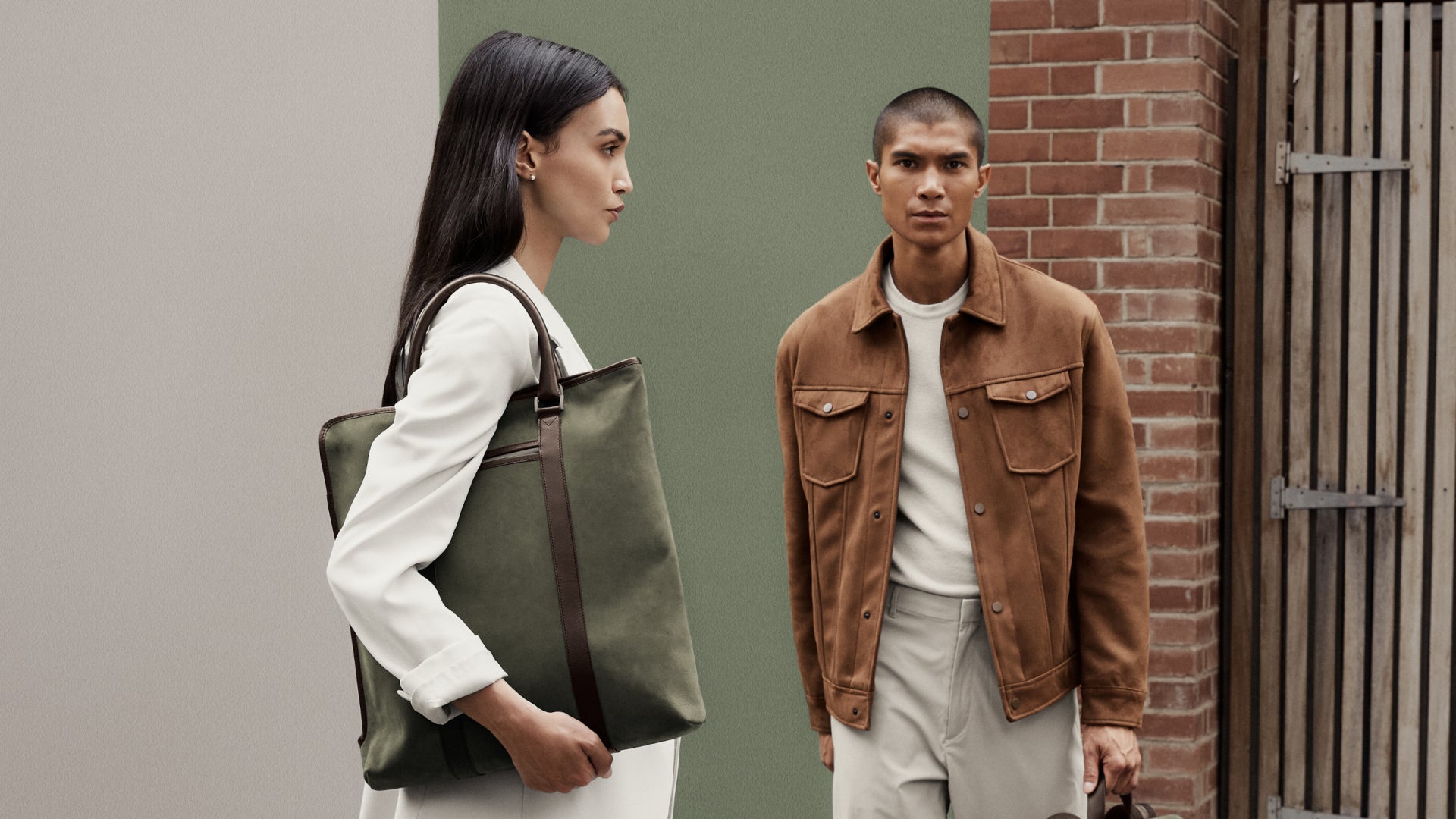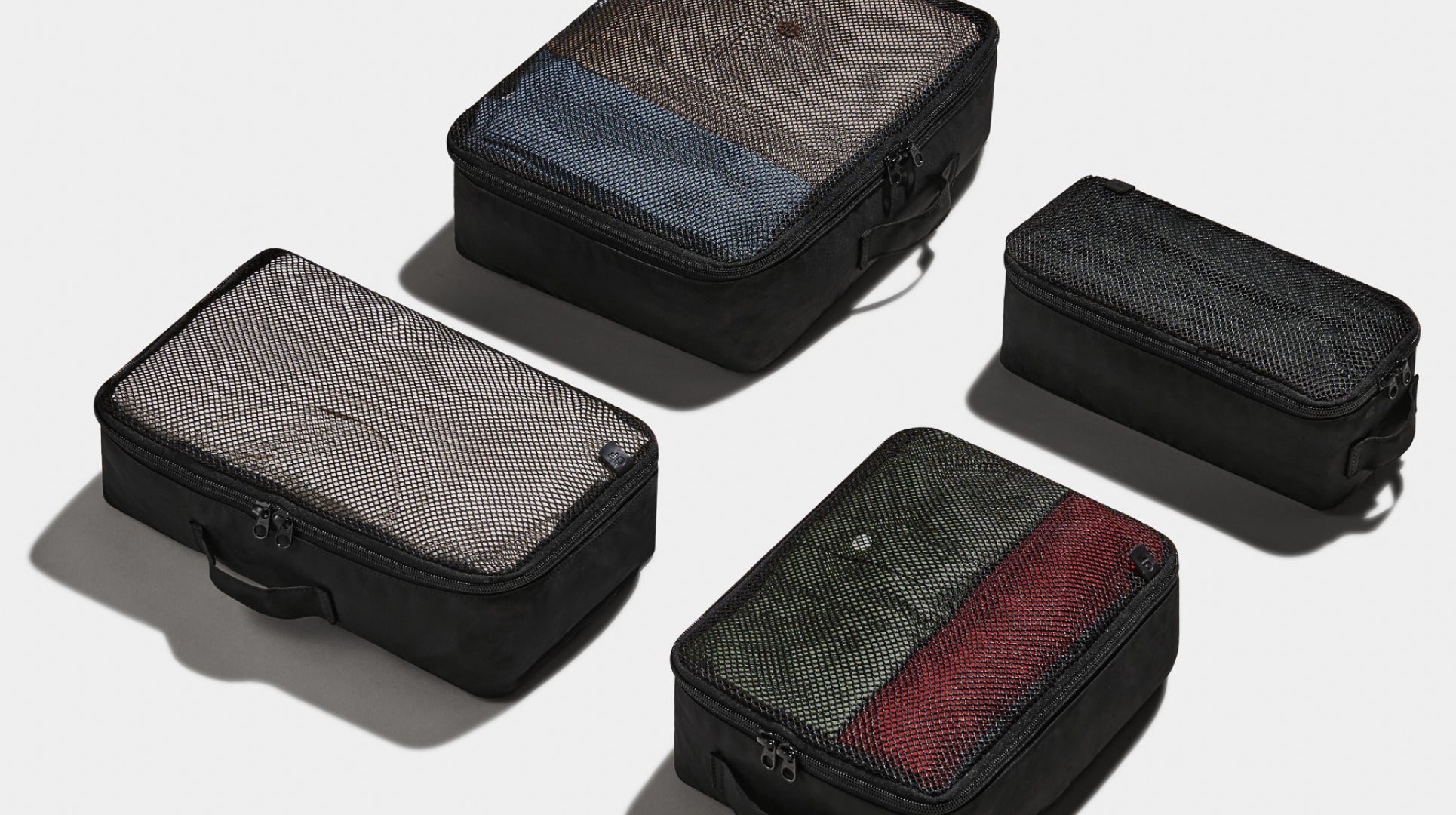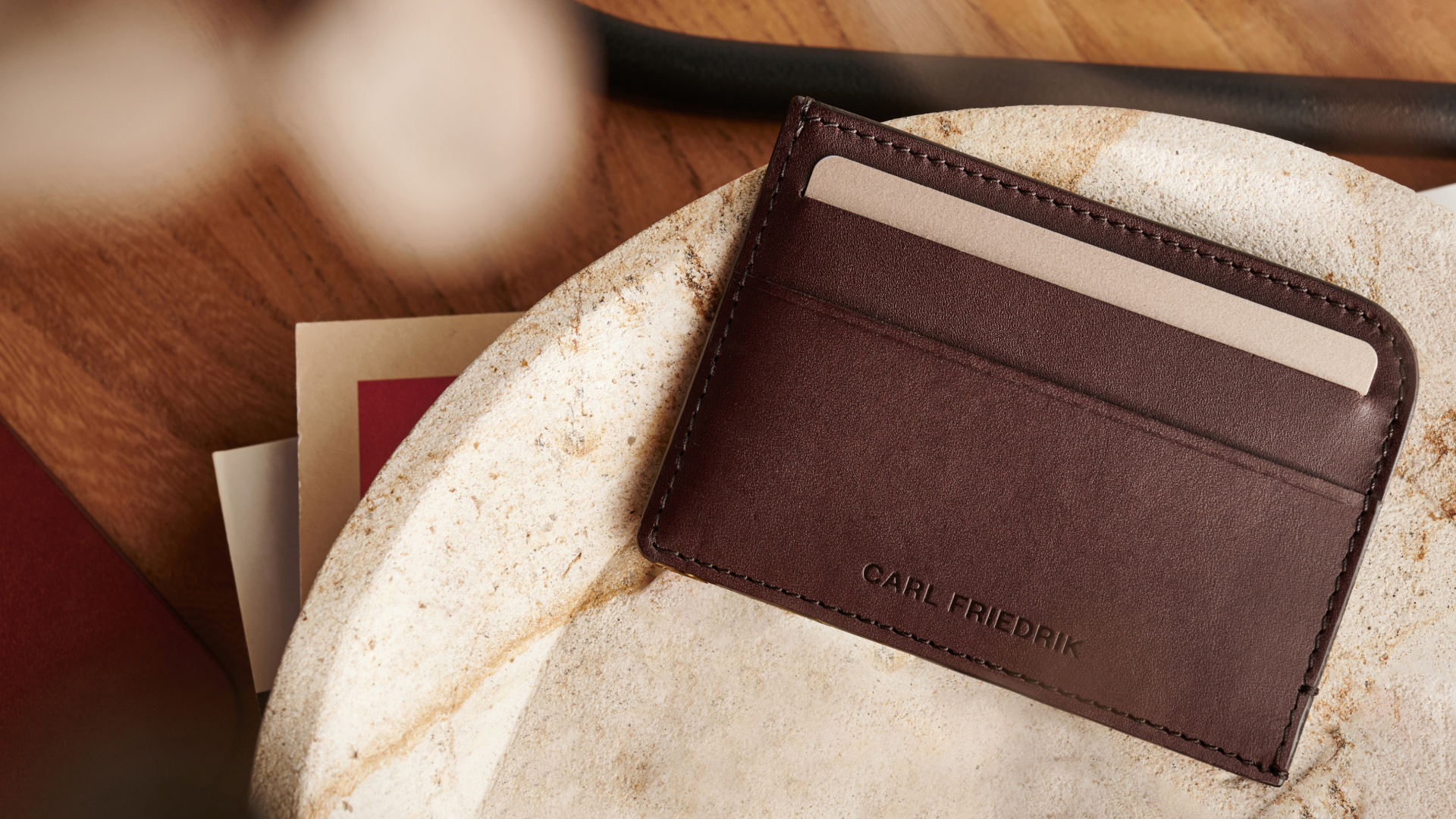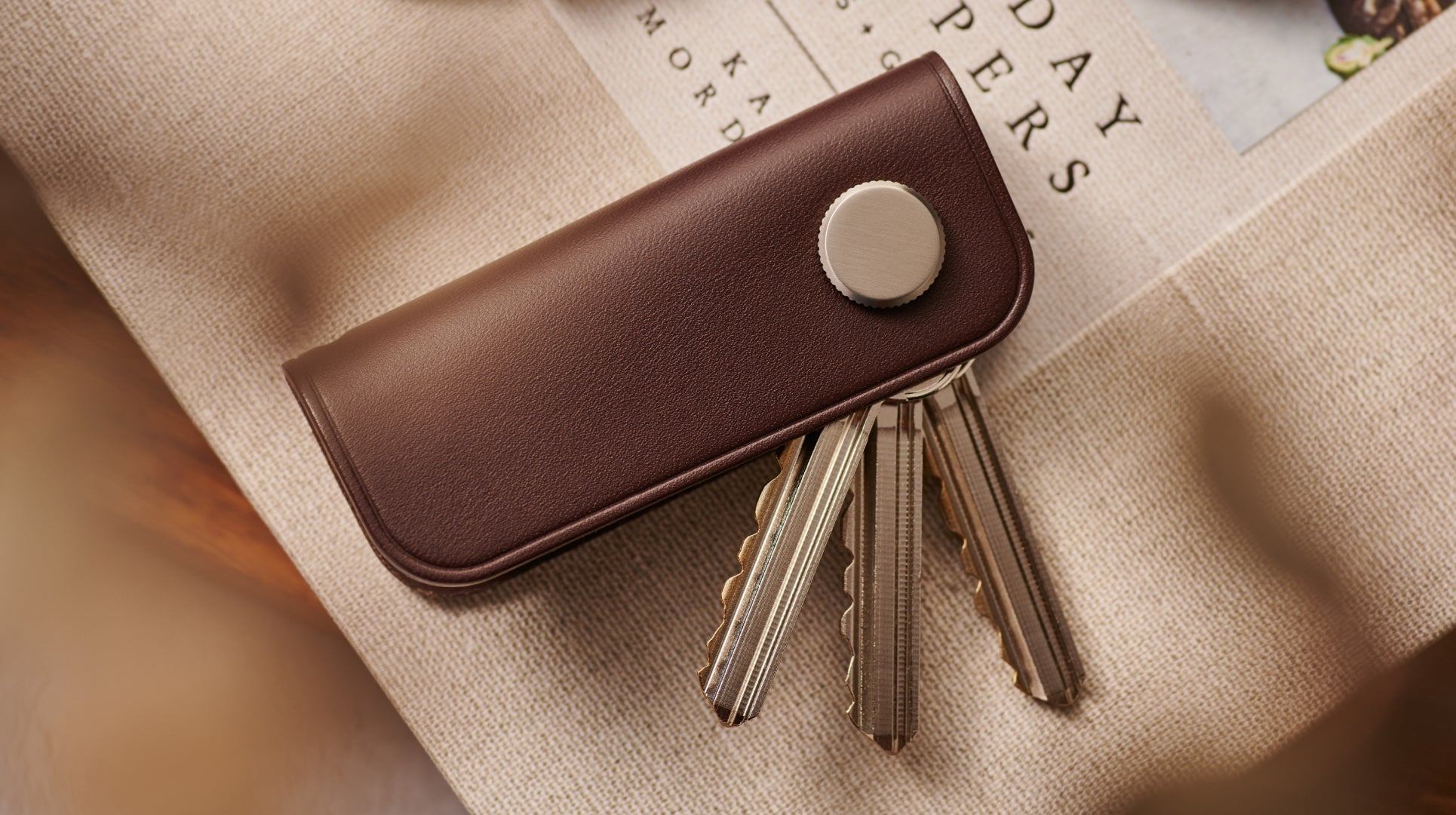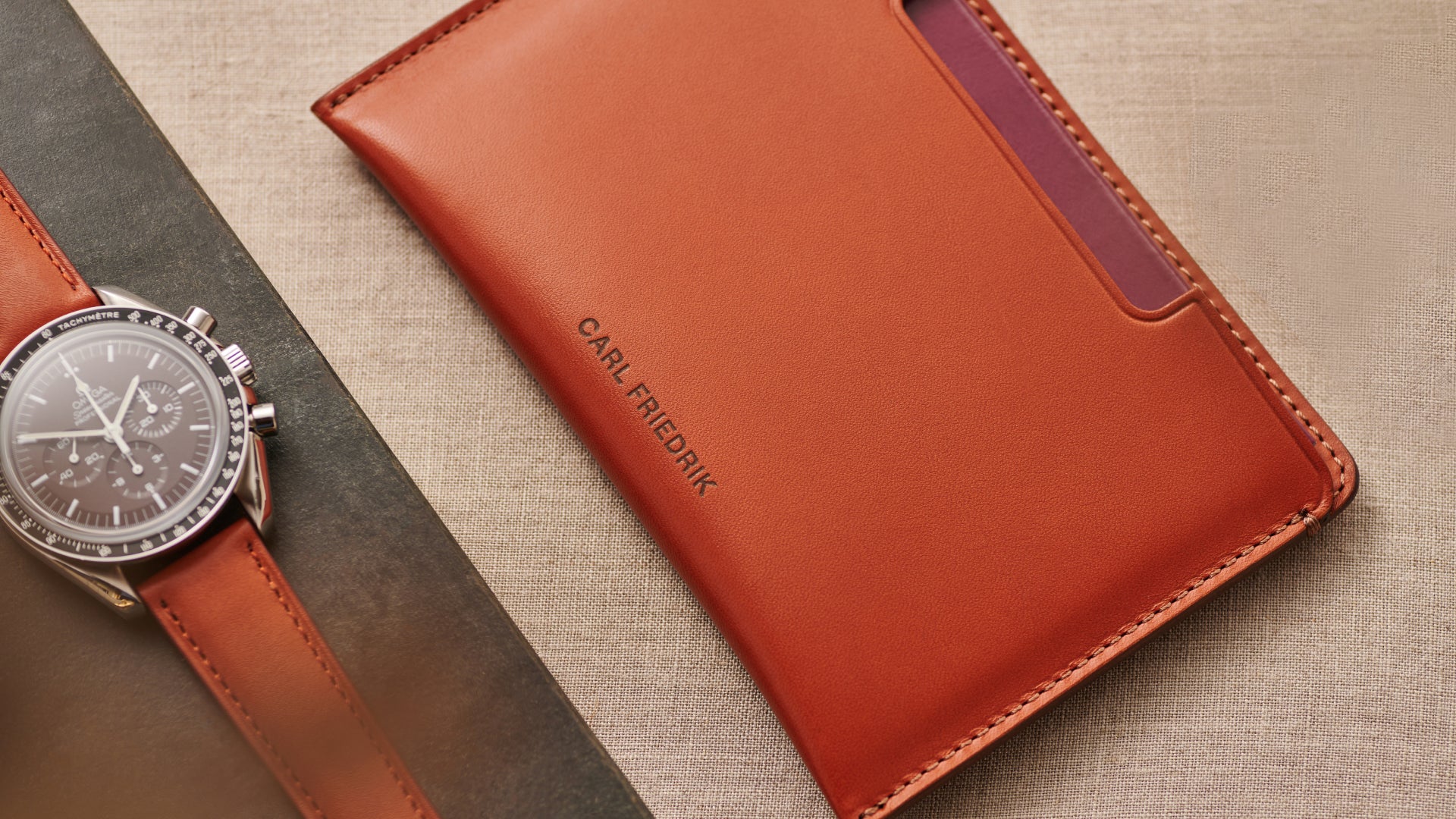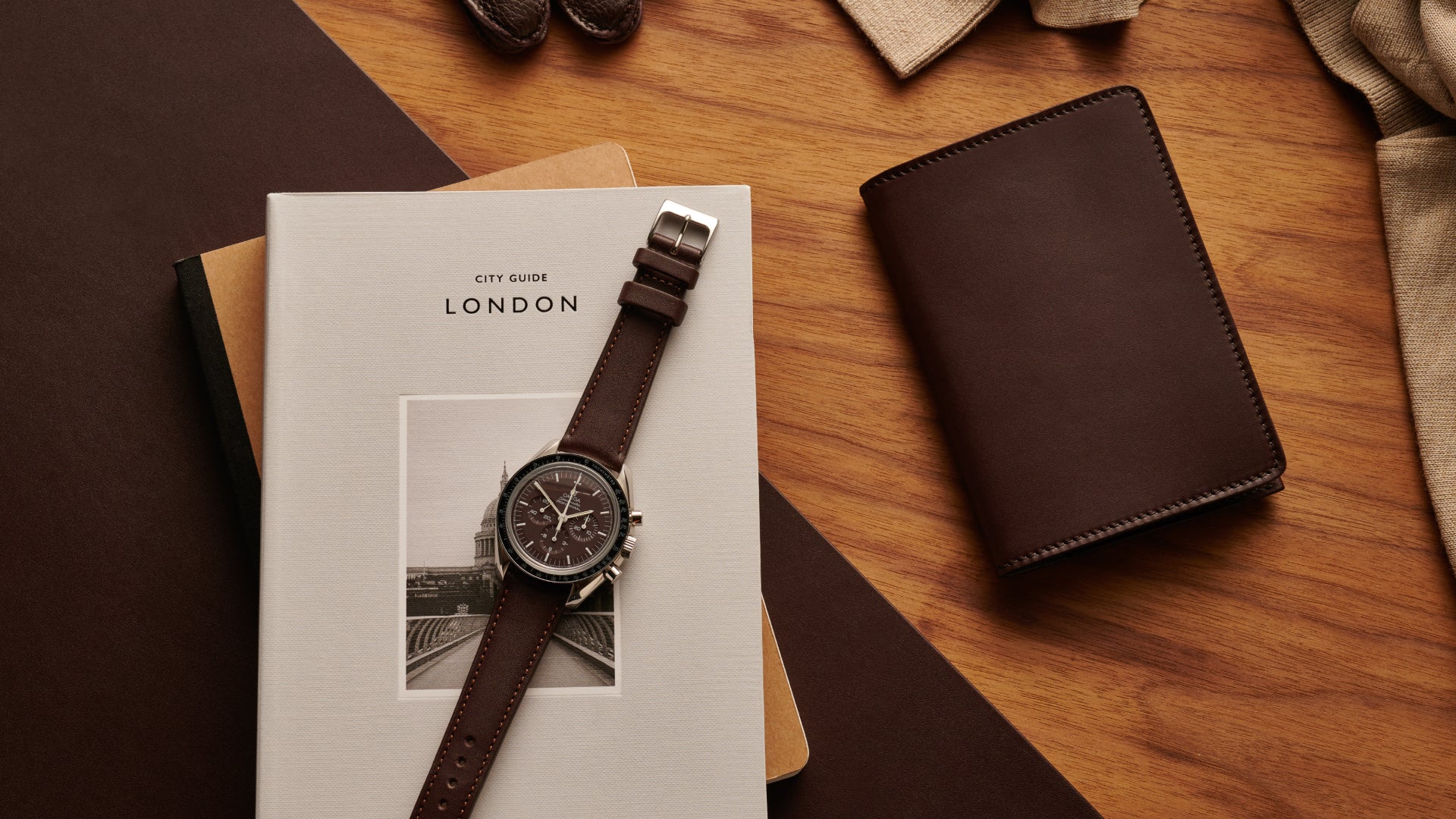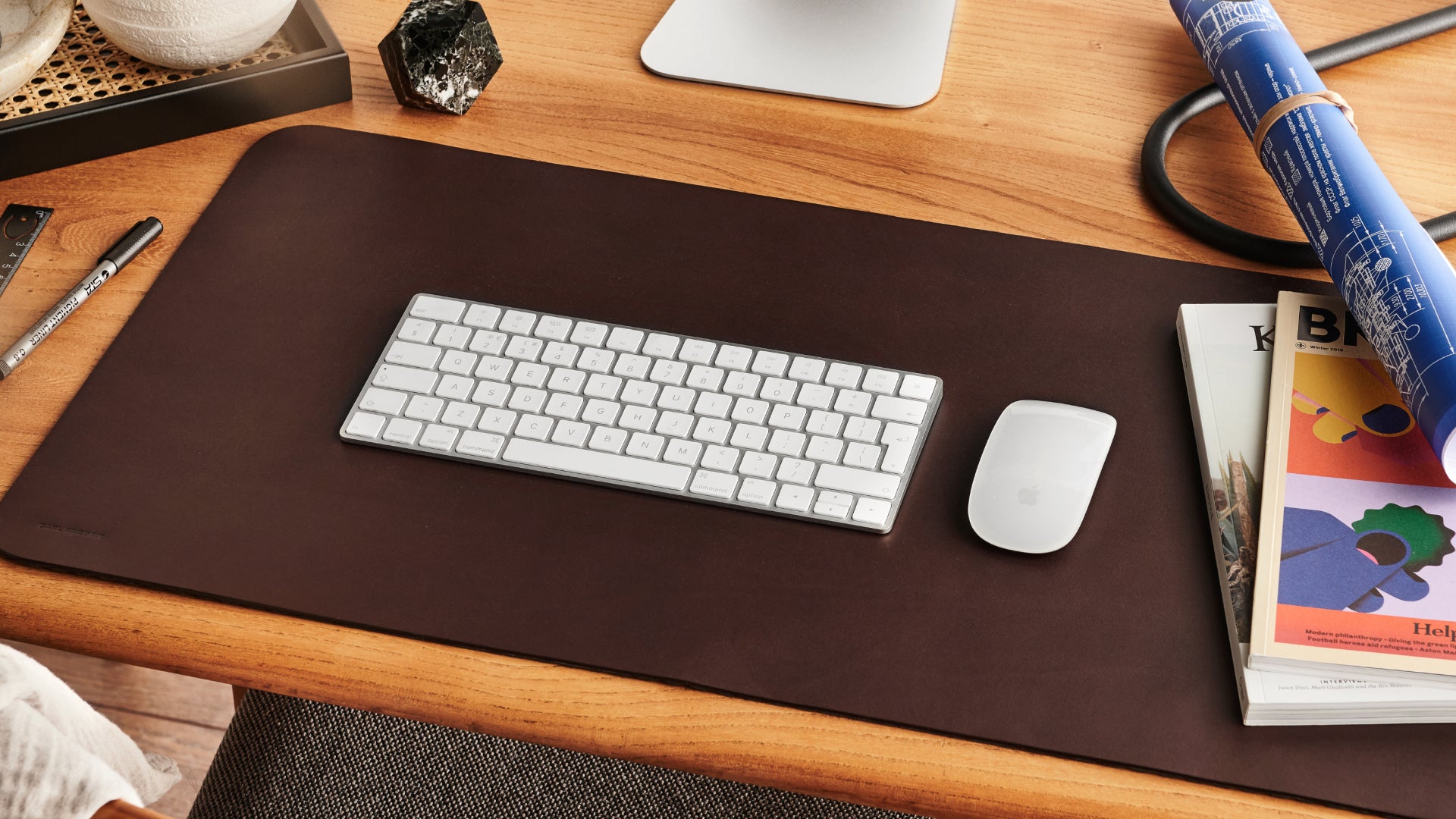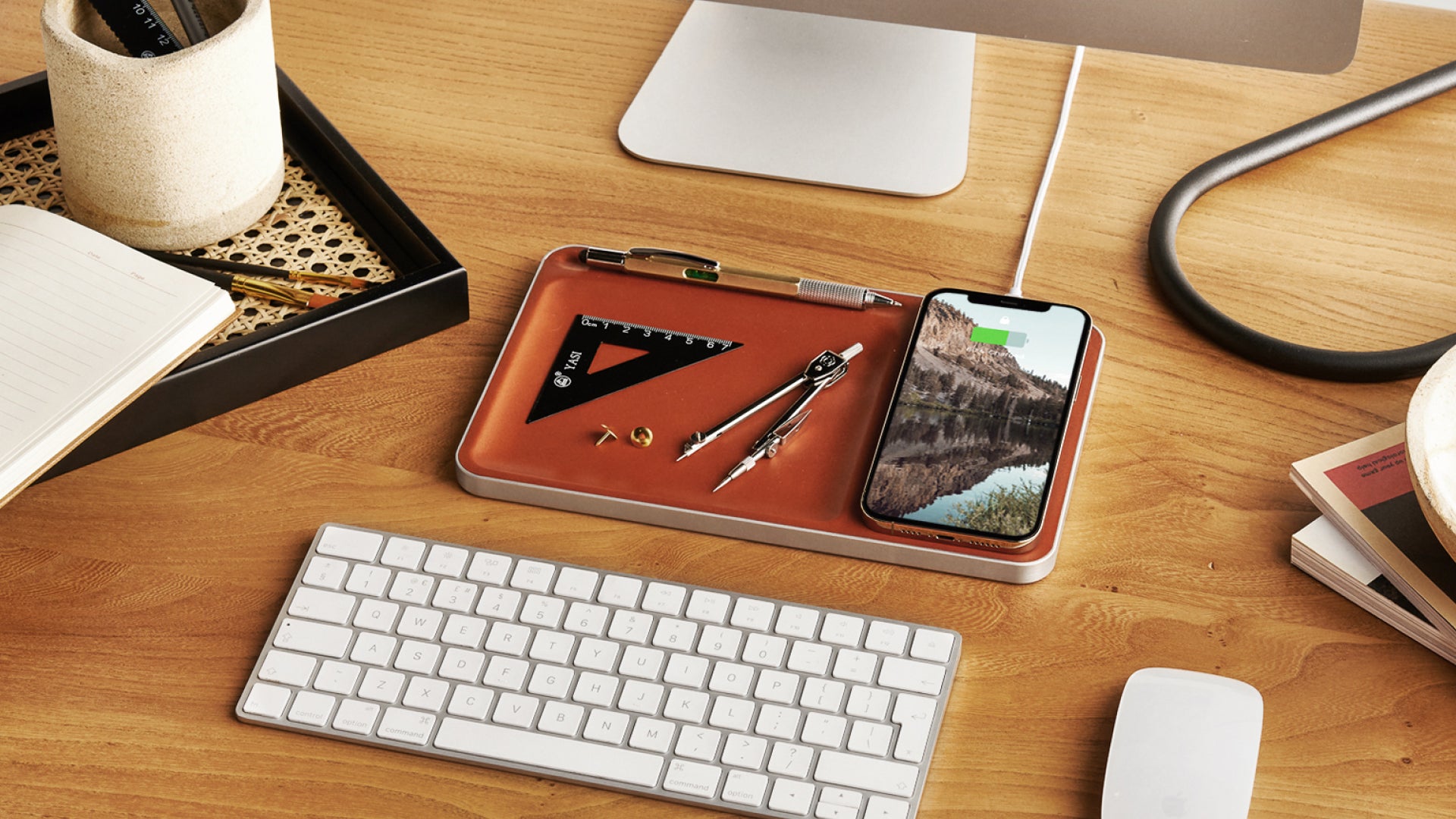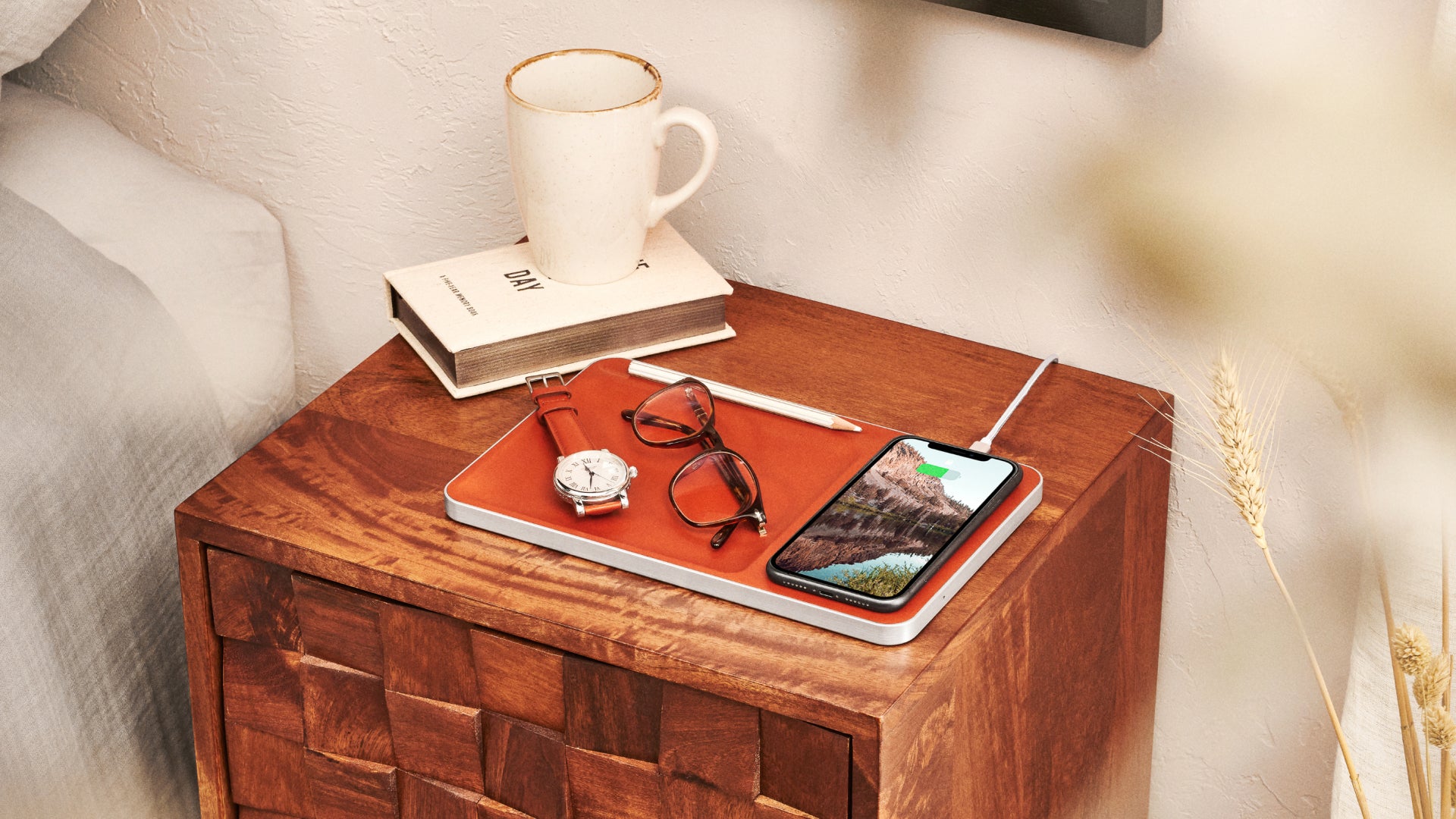Edmund Weil is an award-winning bar owner and columnist at Class Magazine. Renowned for their distinct speakeasy style, Edmund and his wife Rosie's London venues — Nightjar, Oriole and Swift — place regularly on the list of The World’s 50 Best Bars.
We sat down beside the grand piano in his latest subterranean spin-off venue, Nightjar Carnaby, to discuss speakeasy bars, where to travel for a great cocktail, the hospitality labour crisis and his plans for the future.

The interview
1. Nightjar Shoreditch [the couple’s first bar] is credited with kickstarting London’s speakeasy infatuation — how did the idea for the bar come about?
It was a long-standing but for a long time quite unrealistic ambition of ours to open a cabaret bar with cocktails together. We have always loved the deco style and the era from which the speakeasy comes.
We had different careers during our twenties. It wasn’t until 2008 actually, just after the financial crash, that we decided to give it a go and in earnest research how we wanted this place to be and how we wanted people to feel when they came in: going beyond Pinterest boards basically.
We took a lot of inspiration, in terms of design, from late Nouveau/early Deco. So the Wiener Werkstätte, Joseph Hoffman, Adolf Loos. Loos did the American Bar in Vienna and you can see lots of design cues from there coming through in our bars. We also wanted to bring live music back into the conversation for cocktail bars, and again, that’s something that’s quite speakeasy.
2. What is the essence of a speakeasy bar?
For me it’s transcendence. The way our bars tend to be laid out is a corridor of stairs opening out to something quite wonderful that contrasts a lot with what’s happening outside. So you have the hustle and bustle and the KFCs of City Road [location of original Nightjar] and then the big double wooden door, which is a kind of corridor into Wonderland — that’s how we like to picture it.
Then people come out, however many hours later, and think did that really happen? So it’s that feeling of giving people a little bit of magic and really changing their perspective for a few hours and bringing them into a new world.

3. A second Nightjar venue has just opened in Carnaby Street — we hear the building has an interesting history?
All the way back in the 1920s it was the first black-owned club in the UK: the Florence Mills Social Parlour. It was the place they would play black music like calypso. In the forties, it was the Blue Lagoon, which by all accounts was a little rough around the edges. The GIs would come to dance and have fun.
Then it had a short period being run by Ronnie Scott actually, as a bebop club called Club Eleven. The story goes that it wasn’t very long-lasting because it got raided by the police. During the late sixties, it was called — funnily enough — the Roaring Twenties, harking back to that age. But it wasn't so much a speakeasy as an underground rock 'n’ roll and blues club. It had plenty of famous before-they-were-famous acts: Bob Marley, The Rolling Stones, The Beatles, The Who. It’s fun being down here and picturing that boiler room atmosphere.
Clearly, we’ve got big shoes to fill in terms of atmosphere and music — but we’re really excited about that.
4. What can we expect from the new sister venue?
Still a moody, speakeasy-style with fun cocktails — ‘experiential drinking’ is what we like to call it. The original Nightjar is dictated by its structural walls and is very much a nook and crannies intimate space. But in the new venue, you really feel you’re in a room with everybody — so, in some respects, it’s more intimate. Especially in terms of the musicians. They enjoy playing here because they’re right there with the audience.
It’s probably a bit more polished as well. Nightjar in Shoreditch was very much a bootstrap venue for us: it was the first bar we did and it gradually developed character over time. However, this is a bit more plug and play in terms of the décor and history. We wanted a polished West End feel while still adhering to the values that made Nightjar what it is.

5. Where would you travel for a great cocktail?
There are certain places that are so closely connected with a cocktail that you have to experience them there. Take El Floridita in Havana, not only do they make great daiquiris, but it’s the ultimate place to have a daiquiri. Ernest Hemingway would prop the bar up there for hours upon hours, day in and day out. You’ve also got a place like the Old Absinthe House in New Orleans or the Roosevelt Bar — going to drink a Sazerac there feels really special. Or Raffles Bar for the Singapore Sling.
Those particular locations are great but if you’re talking about cities for excellent drinks, New York is one of the best cocktail locations. Stockholm has got an amazing bar scene. The way they approach drinking and the care they put into what they do is perhaps unsurprising for Scandinavia. It’s next level — and it feels like they’re 5-10 years ahead of us in some respects.
6. How have cocktail trends developed over the last few years?
In my opinion, it’s gone a little bit too far in the direction where people are focused on putting an amazing and challenging drink together, but in order to get that consistency, you have to pre-batch everything. I think there’s nothing worse than coming to a bar, ordering a £15 cocktail, and watching it be poured out of a bottle.
We believe strongly that the cocktail should be part of your experience, not just a lubricant. It should bring joy and delight.

7. How do non-alcoholic cocktails fit into the equation?
They’re here to stay, that’s for sure. It’s really interesting and encouraging to see how much effort is now going into creating non-alcoholic products that still give you the mouth feel and excitement of drinking an alcoholic cocktail. Companies are starting to look at ingredients that aren’t alcoholic but can be mood-altering. There is a company called Three Spirt that does very interesting stuff with that. They have drinks like The Livener and The Social Elixir. You do feel some buzzy effects in spite of the absence of alcohol.
We now have a dedicated non-alcoholic section on all of our menus, and really put time and effort into making drinks that are fun and interesting to drink — not just crushed ice with lots of fruit in it. How can we create a drink that tastes like an aperitivo? How can we make a drink that feels like a Negroni? It’s challenging but there are lot more tools at our disposal.
8. Which cocktail would you serve to the suavely-dressed gentleman?
It would have to be a classic. With someone that’s sharply dressed, especially in the Carl Friedrik fashion of understated elegance, that’s the perfect time to break out the best martini they’ve ever had, or a Sweet Manhattan or Negroni. A simple, elegant and beautiful cocktail.

9. We read your article on how to attract young people to bartending — why is it such a big issue?
I consider it the biggest challenge facing the industry by a long shot. We didn’t realise how lucky we were pre-pandemic and pre-Brexit when we had an almost inexhaustible supply of talented workers who take hospitality very seriously. Unfortunately, the vast majority of them come from Europe — France, Italy, Spain to an extent — where hospitality is a serious career.
They leave school at 16 or 18 and go to hospitality school, catering college and specialise in hotel management or bartending, whatever it might be. There’s no longer that supply of skilled labour. It’s very sad because a lot of businesses are struggling to get the talent they need to deliver the level of service that the UK and London, in particular, have become so celebrated for.
Wages have been inflated massively by the undersupply, so now it could be an attractive career for bright, young and gregarious individuals. If you’re good, you will rise fast in hospitality. And if you work in the right venue with thoughtful people — like us, of course — you’re going to have fun and feel fulfilled daily. My message is: come give it a try.
10. The pandemic was a really challenging time for hospitality businesses — how did you navigate it?
The pandemic was a rollercoaster like I’d never experienced before. We did a lot of online live streams for our musicians, who are generally self-employed and faced real financial peril. We also set up a side-gig called Speakeasy At Home, where we sold bottles and pouches of our cocktails. And actually, that gave us cash flow to survive through the most perilous parts.
It’s become clear that the businesses that looked after their employees have done the best coming out of the pandemic. Well-trained and motivated staff are by far the most valuable commodity any hospitality business can have. I’m happy to say we did look after our staff well and managed to keep the vast majority of them, and they’ve also looked after us.

11. Has demand bounced back? Are you expecting a bright year for your venues and the wider industry?
Things are getting a lot busier; we’re very pleased with the numbers coming through our doors in general.
The challenge is to deliver value. To make customers feel like they’re getting great value for money even though their disposable income is going down and prices are going up, which is unfortunately inevitable due to the price pressures hitting us. It’s a real challenge but also an inspiration. Because we have to be even better.
12. What are the economics of a cocktail bar?
It’s tight to be honest. If you’re doing 15% net profit, you’re doing very well. A lot of venues will be hovering around 10%.
You’re normally looking to make 75% gross profit on your drinks. We’ve learned that in order to be generous with the way your cocktail looks you have to be tight with procurement, ingredients and suppliers. All of that effort goes into the guest’s glass.
Wages are probably going to be around 30%. Staffing costs have gone up quite a lot — which I think is a good thing in the long-run — but that’s hard to slice right now. To deliver the best hospitality takes a lot of people working very hard.
The benchmark for rent is 10%, but we always try to aim for 6-7%, however it all depends on the venue. Finding a place with low rent allows you to have freedom in other areas. When we first found Nightjar in Shoreditch the rent was exceptionally low, so we were able to make a lot of mistakes.
Then there’s a whole load of other overheads like power, glassware, cleaning, security, which whittle you down to your 10-15%.

13. Do you have any productivity hacks?
Put down your phone. When I’m in front of my laptop I try not to have my phone near me because it’s such an addictive thing. I also try and keep my phone out of the bedroom when going to bed. Obvious, but very useful.
14. You own a Palissy 25-hour — how do you use it?
I bought it specifically because I wanted a bag for an overnight business trip. I love the fact that it’s expandable and that it can fit a wash bag, change of clothes and even a pair of shoes at a stretch.
And yet it still looks really stylish. I’ve tended to use it for work when not cycling because it’s small enough to carry around like a briefcase. However, I’ve got the best use out of it during short business trips or country weekends. It’s got the capacity of an overnight bag but remains stylish.

15. And finally, what are you excited about in the next year?
We have another venue in the pipeline later this year, so I hope the current good feeling around getting out continues. It’s going to be a spin-off brand of our two Swift bars. We found a site in Borough High Street — our first foray south of the river. Not very far south, it has to be said.
Also, the opportunities for travel with work are starting to open up. One of the fun parts of being in the cocktail industry is being invited to do bar conventions and pop-up bar tours. There’s a real thrill to it. Quite often people complain when they go on business travel or to a convention that all they see is the inside of a hotel room or convention centre. But when we go it’s all about being a part of the nightlife. Like doing pop-up bartending in a great bar in Athens, Shanghai or New Orleans. Very often you’re immersed in the city.
